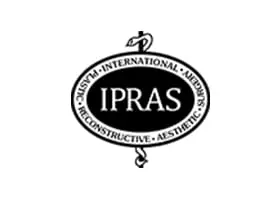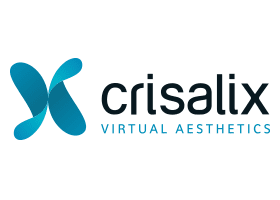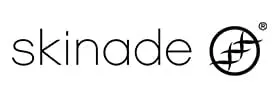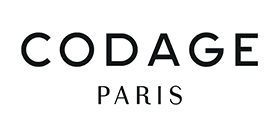Augmentation Mastopexy
breast enlargement with uplift
Breast lift or Mastopexy is a technique designed to improve the shape and position of the female breasts without reducing their size. It is a term used for breasts which sag but are not necessarily too large. Sagging of the breasts may have many causes and could occur with normal development for some women or as a natural part of aging. Pregnancy, breast-feeding, hormones, diet, doing exercises and weight loss are other conditions which increase breast ptosis (sagging). If your breasts are very empty then some patients will obtain a better shape to their breast by enlarging, if an implant is used at the time of mastopexy – this is called an augmentation mastopexy.
Please understand that mastopexy surgery is safe but cannot be performed without some degree of scarring. The scars, on average, usually heal well but in some cases they can persist for a few years.
“Breast lift or mastopexy with or without implant, is considered by most experts in the field of cosmetic surgery to be one of the most difficult breast operations”
Mr Paul Banwell, FRCS(Plast)
It is becoming increasingly obvious to the savvy plastic surgeon given the spectrum of breast shapes, sizes and conditions that simply use silicone breast implants alone will not always produce the best aesthetically acceptable results. In assessing breast geometry and design, the doctor and plastic surgeon must consider 3 crucial parameters, and their effects:
- Breast Volume & Shape
- Skin condition
- Nipple position
Although augmenting breasts to boost the cups and bust of a woman is a method which can to some extent rectify the volumetric problem in otherwise perfectly shaped breasts, the issues relating to nipple position and excessive skin envelope cannot always be addressed. This is where surgeries like a minimally invasive augmentation maxtopexy is used.
Breast ptosis (pronounced “toe-sis”) or droopiness is a condition that affects women of all ages. Although we tend to associate breast ptosis with old age, the statistics say young girls after significant weight loss or post-breast-feeding, are often faced with varying degrees of droopiness. For these women wearing a supportive bra is essential in order to disguise their saggy breasts.
Breast ptosis can be classified by surgeons according to the position of the breasts and nipples in relation to the breast fold:
- Grade 1: Breast is below fold, Nipple-areola at fold
- Grade 2: Breast is below fold, Nipple-areola is also below fold
- Grade 3: Nipple-areola pointing to the floor
Lollipop Vertical Mastopexy scar
Lollipop (vertical mastopexy) breast lift surgery is therefore designed to return breast shape to a more youthful appearance in 3 ways:
- Move the position of nipple-areola complex
- Remove excess breast skin
- Reshape the breast tissue
Although alternative mastopexy techniques, like a circumareolar does not change the amount of breast tissue a woman has, it can change the shape dramatically. This in turn can affect the overall breast size and projection. However, there are many cases where breast lifting needs to be combined with a breast implant to produce a desirable bigger breast size. The combined breast lift-augmentation is considered one of the more difficult operations in plastic surgery. It can be performed in either one stage or more commonly in two stages.
Modern plastic surgery is about creating a naturally looking minimal scar in return for achieving the most desirable aesthetic outcome. The prospective patient should be aware of this delicate balance prior to embarking on this procedure.
Breast Lift scarring
The breast lift surgery available is basically performed using 4 types of incisions or scars:
2 Types of Nipple re-positioning procedures with little effect on the breast shape but effective in aligning nipple-areolar complex:
- Cresenteric scar (half-moon) Lift
- Donut-shaped scar (periareolar) around the nipple-areola complex (Benelli-Goes)
2 Types of Breast Lift procedures that can re-shape the breast and modify the nipple-areolar position for moderate to severe droopyness (ptosis):
- Lolly-pop scar from the areola to the breast crease
- Anchor-shaped scar, inverted T-scar
Further to the skin scarring pattern, breast tissue often needs to be surgically contoured from an elongated shape into a more youthful conical structure.















































25th March 2025
Minimally Invasive Breast Surgery at Mr Banwell
Read More
24th March 2025
Revolutionary Ultrasound Breast Implant Check Now Available
Read More
18th March 2025
Body Contouring Surgery After Significant Weight Loss
Read More